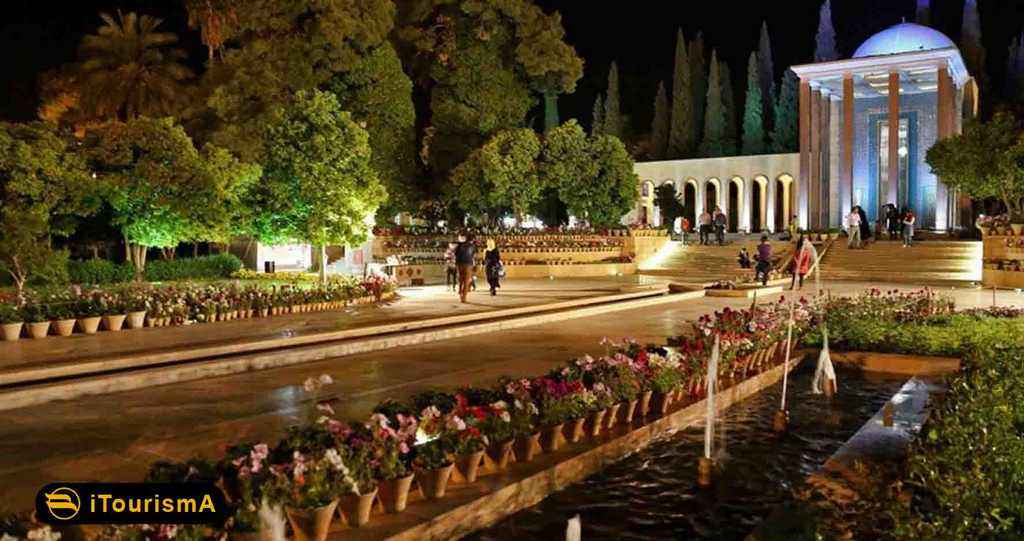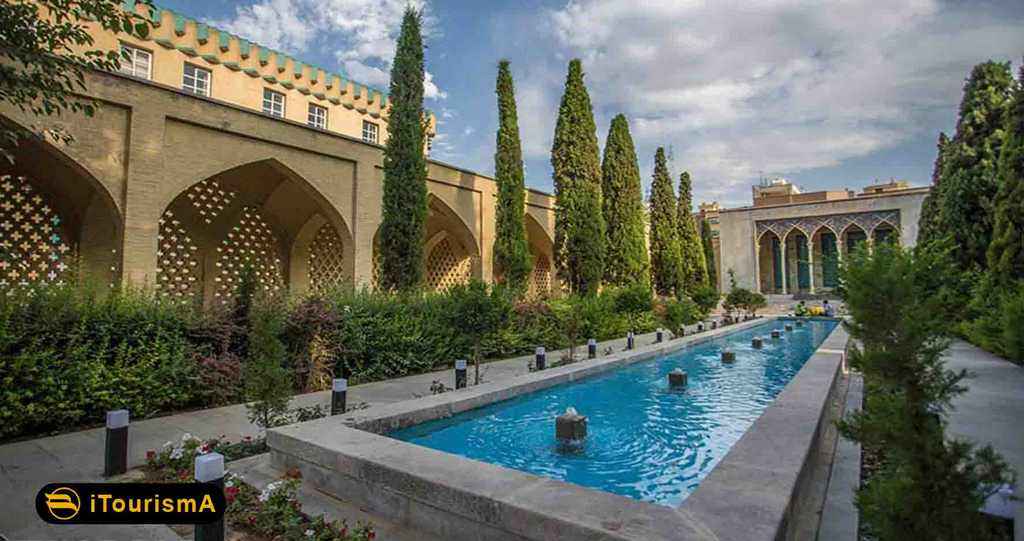Rumi
Molana Jalal al-Din Balkhi, known in the West as Rumi, was born in early thirteenth century. in Balkh Province, Afghanistan, on the eastern edge of the Persian Empire.
Rumi descended from a long line of Islamic jurists, theologians, and mystics, including his father, who was known by followers of Rumi as “Sultan of the Scholars.”
When Rumi was still a young man, his father led their family more than 2,000 miles west to avoid the invasion of Genghis Khan’s armies.
They settled in present-day Turkey, where Rumi lived and wrote most of his life. His father was a preacher and religious scholar, and he introduced Rumi to Sufism.
Rumi continued his theological education in Syria, where he studied the more traditional legal codes of Sunni Islam, and later returned to Konya as a seminary teacher.
It was there that he met an elder traveler, Shams Tabriz, who became his mentor.
The nature of the intimate friendship between the two is much debated, but Shams, everyone agrees, had a lasting influence on Rumi’s religious practice and his poetry.

Rumi
Rumi’s mourning for the loss of his friend led to the outpouring of more than 40,000 lyric verses, including odes, eulogies, quatrains, and other styles of Eastern-Islamic poetry.
The resulting collection, Divan Shams Tabrizi or The Works of Shams Tabriz, is considered one of Rumi’s masterpieces and one of the greatest works of Persian literature.
In his introduction to his translation of Rumi’s The Shams, Coleman Barks has written: “Rumi is one of the great souls, and one of the great spiritual teachers.
He shows us our glory. He wants us to be more alive, to wake up… He wants us to see our beauty, in the mirror and in each other.”
For the last twelve years of his life, beginning in 1262, Rumi dictated a single, six-volume poem to his scribe, Husam Chelebi.
The resulting masterwork, the Masnavi Manavi, consists of sixty-four thousand lines, and is considered Rumi’s most personal work of spiritual teaching.
Rumi described the Masnavi as “the roots of the roots of the roots of the (Islamic) Religion,” and the text has come to be regarded by some Sufis as the Persian-language Qoran.



















 iTourismA
iTourismA iTourismA
iTourismA iTourismA
iTourismA iTourismA
iTourismA iTourismA
iTourismA iTourismA
iTourismA
 iTourismA
iTourismA iTourismA
iTourismA